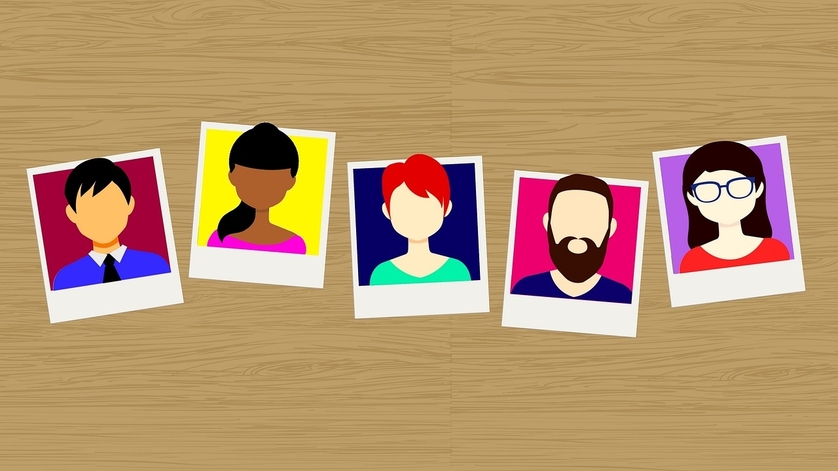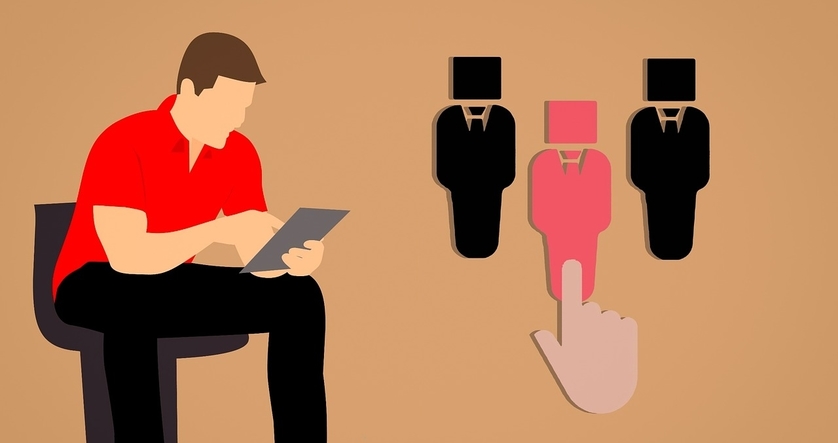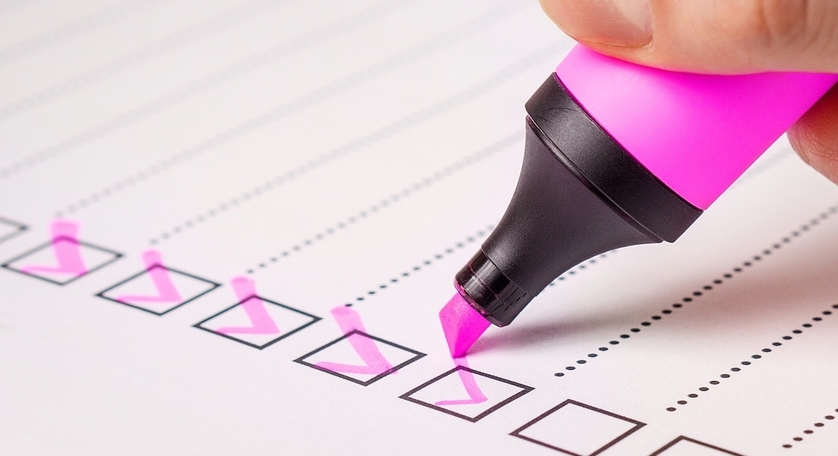5 Ways AI Tools Can Prevent Bias in the Hiring Process

Diversity is becoming one of the most important priorities across almost every industry, but there are still quite a lot of HR professionals who are biased when hiring new employees. Many of them are unconsciously biased, but that certainly doesn’t justify hiring people based on personal dislikes and unfair prejudices.
Here’s where AI can come in handy. With AI-powered tools, businesses can hire qualified candidates that check all the necessary boxes for performing their daily tasks. This is what concerns many HR professionals, as they think this new tech will take their jobs.
But, on the contrary, the truth is that taking advantage of AI tools to improve the hiring process can actually help HR recruiters do a better job. It can help them improve their efforts, and speed up the hiring process.
Here’s how employers are harnessing the power of AI to help recruiters evaluate job candidates fairly and stop bias in hiring.
Identifying Any Patterns of Bias
There are many different types of bias, and it’s often difficult to even realize that there is bias when it comes to hiring new employees. This is where AI can greatly help.
AI-driven tools can identify any patterns of bias that exist in the hiring process so that employers can clearly see the source of potential bias. By pointing out those patterns and sources, artificial intelligence can help create a strategy for addressing the issue.
Once an employer incorporates a proper strategy, they can monitor the hiring process for changes. They can see whether or not their HR recruiters follow the rules, and act accordingly.
Removing Demographic Information from Job Descriptions
Many HR recruiters make hiring decisions based on gender, age, race, and even geographical location. In a perfect world, job descriptions don’t contain any demographic information that could be used to form an unfair opinion of a job candidate. They contain only a set of skills necessary for completing various daily tasks.
However, we don’t live in a perfect world. Perhaps AI can bring us closer to it. More and more employers are using state-of-the-art artificial intelligence software to remove demographic information from job descriptions. They use AI tools for hiring to show them only what matters, which are all those job-related skills that every candidate has. It helps them widen and diversify the pool of job candidates, and speed up the hiring process.
In such a world, HR professionals hire the top talent for proper job positions based on those skills, rather than letting their bias make decisions instead. AI-powered tools can be programmed to only sift through information relevant to a particular job position, and ignore all the other information.
If you use such a tool, you’ll be able to choose top candidates that are a perfect match for your company.

Making Data-Based Hiring Decisions
This overlaps a bit with the previous point, but it’s important to emphasize it separately. AI tools used for hiring use various algorithms to screen job candidates and make accurate predictions about their future job performance.
These tools don’t have biases, don’t have any assumptions, and aren’t tired after going through dozens of resumes. They simply analyze the data they’re given, and create a profile for each candidate, listing their skills, qualifications, and all the traits that would make them successful at a particular position in a company.
Not all HR recruiters can honestly say that they follow this strategy. What’s alarming is that many of them think they do, when in fact they have unconscious bias preventing them from making the right hiring choices. AI provides hard data that can help recruiters make smart hiring decisions.
Preventing AI from Developing Unconscious Bias
Since AI tools for hiring employees analyze patterns in already established behavior, they may learn the patterns of bias and become biased themselves. This is because AI-powered tools use machine learning. They analyze the data that’s given to them, identify patterns, start building an analytical model and learn from it.
So, just like it can pinpoint potential unconscious or any other of type of bias in your hiring process, it’s also able to pick it up and start following the same patterns.
Moreover, it can develop new patterns of bias based on the data you provide it with, also thanks to machine learning. This is why it’s crucial that you monitor your AI tool and regularly test it for any kind of potential bias. It will help you eliminate the risk of machine-learning bias.
It’s very easy to test your AI tool’s performance. Simply have it rank your job applicants every time you’re in the process of hiring new employees, and then go through their demographic information, to check if the tool has chosen only male candidates, for instance.

Combining AI with Training Software
Using AI for hiring doesn’t mean leaving it all to the AI tool you choose. Your HR recruiters still need to interview the candidates to see whether or not they actually fit your company culture.
More importantly, they need to verify all the information regarding the candidates’ resumes and ensure they are truly skilled and able to do what’s expected of them. This is why you need to combine your AI with Training Software for your HR recruiters. By doing so you can make sure that your HR professionals can perform their job perfectly.
Utilize LMS Software to deliver training courses, monitor your trainees’ performance, and identify their strengths and weaknesses. LMS Software can help you easily create online courses, and enrich them with multimedia to engage your trainees and increase knowledge retention. It can help you assess your trainees’ knowledge with quizzes and tests, and enable them to access their training anytime, anywhere, and on any device.
You can also track their engagement, specify learning paths to support every learning style, and set up notifications regarding course completion. Be sure to provide your trainees with training material that will include the negative effects of bias in hiring, among other information necessary for realizing their full potential.
Key Takeaways
By harnessing the power of AI, you’ll successfully eliminate hiring based on favoritism, and create a better, smarter, and more inclusive workforce. However, using AI to stop bias in hiring doesn’t mean deploying an AI tool and not monitoring the process. It requires a human touch, so AI and HR should work together for the best results.
AI is already greatly influencing hiring practices, so you should definitely follow in the footsteps of numerous employers who are already using it. Find the best AI tool for your needs, and make sure your hiring team clearly understands the fact that AI will truly help them improve all their efforts.
They need to understand all the benefits that AI will provide them with and, most importantly, that it won’t take their jobs. That’s the only way they’ll actually use it.
About the author: Kamy Anderson is an ed-tech enthusiast with a passion for writing on emerging technologies in the areas of corporate training and education. He is an expert in learning management system & eLearning authoring tools – currently associated with ProProfs Training Maker.
Image sources:

Tags: AI, HR, Human Resources performance





